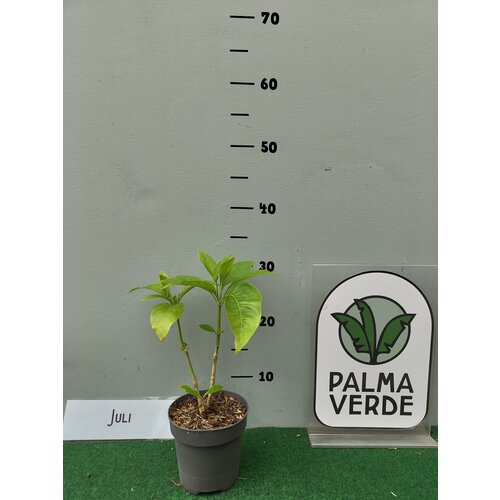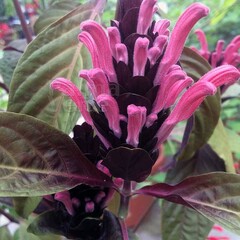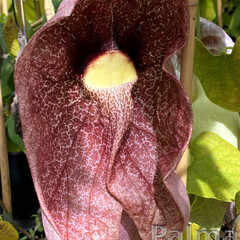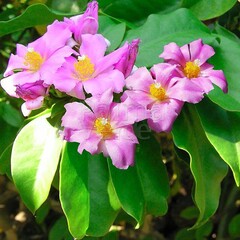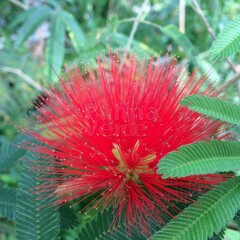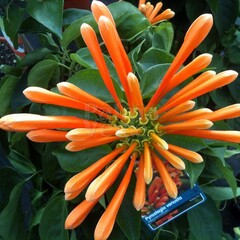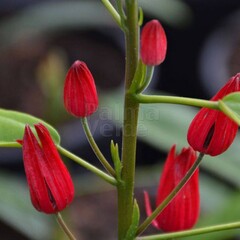Justicia adhatoda, commonly known as Malabar Nut or Adhatoda, is an evergreen shrub native to southern Asia. For centuries, this remarkable plant has played a key role in Ayurvedic medicine, especially valued for its soothing effects on the respiratory system. Yet even without its medicinal use, it’s a striking ornamental.
The plant forms a dense, bushy shrub that can reach up to 2 metres in height. It is easily recognized by its dark green, lance-shaped leaves, which have a distinctive herbal scent. In the warmer months, Justicia adhatoda blooms with tubular, creamy-white to pale lavender flowers, often finely veined in purple. The blooms appear in upright clusters at the branch tips and attract a range of pollinators.
It prefers a sunny to semi-shaded position in well-drained soil. In temperate climates, the plant is not frost-hardy and should be kept in a container for easy overwintering indoors or in a frost-free greenhouse. When grown indoors, it remains evergreen and decorative throughout the year.
Traditionally, the leaves are used to prepare teas or extracts that support the respiratory system. Note: any medicinal use should be approached with appropriate knowledge or guidance.
An ideal plant for lovers of tropical species with both visual appeal and cultural depth.
Hardiness: not frost-hardy (min. 5–10 °C)
Tip: Gradually acclimatise the plant to outdoor sunlight in summer. Light pruning after flowering will help maintain a compact shape.





